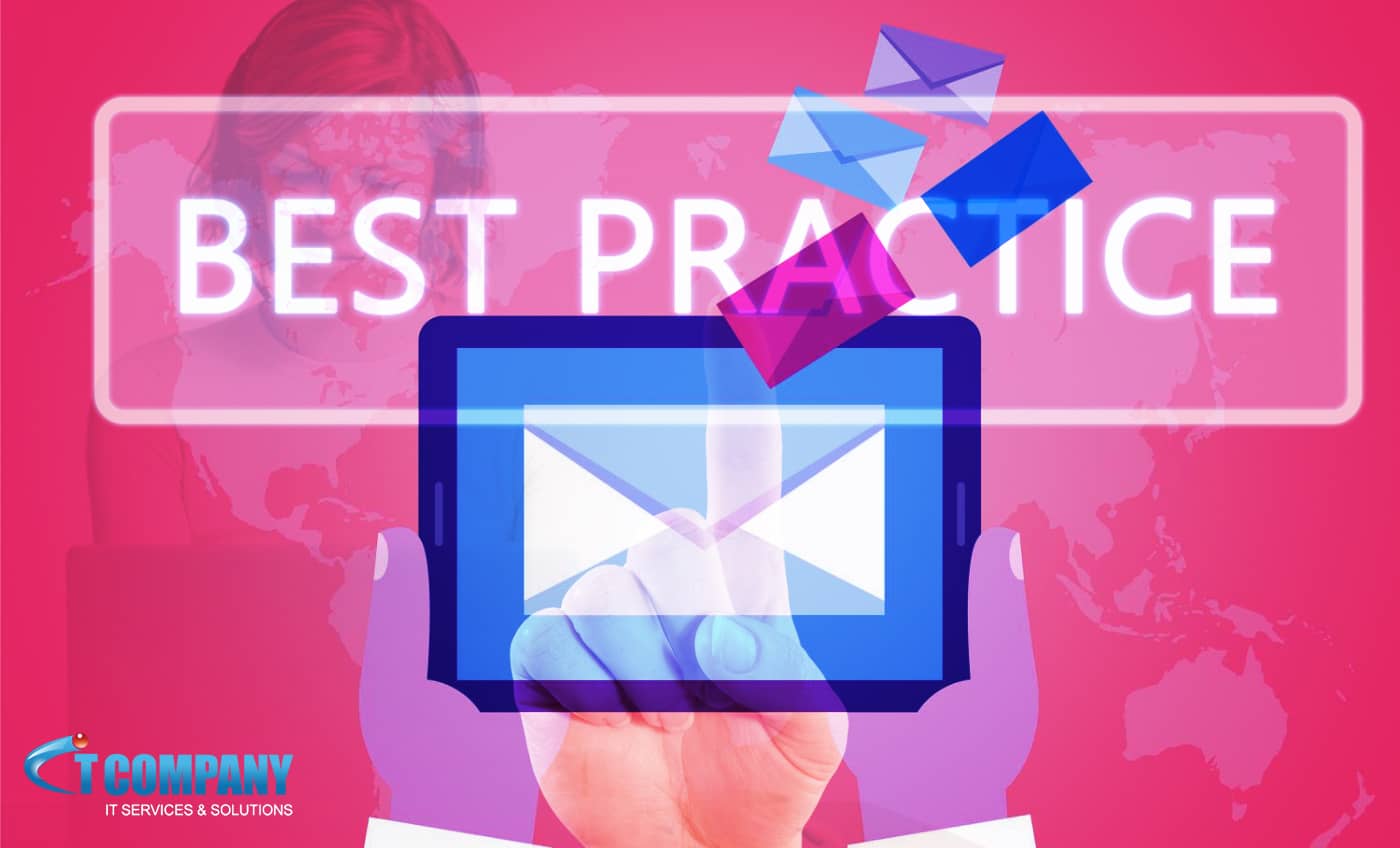Email marketing is a cost-effective and efficient way to reach customers. However, email campaigns can be quickly dismissed if they fail to consider the customer experience. A do-not-reply email is an email that cannot be replied to. It is commonly used by email marketers to distribute information that doesn’t require a response. Although, using a do-not-reply email is no longer the best email marketing strategy because it has several drawbacks. In this blog, we will explore the problems with do-not-reply email addresses in email marketing campaigns and discuss possible solutions that can help improve the customer experience and increase the success of email campaigns.
Table of Contents
ToggleSo, what is a Do-Not-Reply Email Address?
A do-not-reply email is sent to subscribers from an email account that is unable to receive mail. These email addresses are simple to identify since they frequently have the form “no-reply@yourdomain.com” or a close variant. Companies still use no-reply email addresses for transactional emails, like receipts for purchases, and for content like triggered confirmations and reminders that do not promote direct email answers. In 2018, there were more than 280 billion emails sent and received daily; in 2019, that figure was more than 290 billion.
The Benefits of Not Using Do-Not-Reply Email Addresses in Email Campaigns
The do-not-reply email addresses are a quick and efficient way to reduce clutter and prevent automated responses from flooding inboxes. Moreover, they are increasingly viewed as an unhelpful and irritating practice by customers. By using a no-reply email address, you give the impression that you don’t care about your subscribers’ opinions. It is not good for the reputation of a business’s customer service.
Here are some benefits that businesses can expect if they stop using no-reply addresses in their email campaigns:
Encouraging Dialogue
By eliminating the no-reply email address, you encourage dialogue between yourself and your subscribers. Email is designed to be a tool for discussion, and naturally, subscribers expect to be able to email you back. Using a do-not-reply email address might give the impression that you don’t care what your subscribers have to say. Furthermore, it may lead to lower engagement and ineffective email marketing initiatives.
Maintaining Email List Accuracy
By using a monitored reply-to email account, you can maintain the accuracy of your email lists. While most of the communications that you receive are useless, a few of them provide crucial information. For instance, you may get a personalised or automatic reply with information that a subscriber has changed email accounts. Moreover, you can utilise this information to update your email list before their status has an impact on your email campaigns.
Enhancing Customer Experience
Eliminating the no-reply email address may allow you to enhance the customer experience. You could come across emails from members who are having problems making purchases or downloading content mixed with automated responses. In addition, some may mention questionable website elements or email links that might be harming your stats. As you respond to these senders’ demands, you can improve your conversion rate and solve problems that you were unaware of.
Increasing Email Deliverability
When writing from a do-not-reply address, it is crucial to have an unsubscribe link displayed. By adding your email address to their contacts, you may make it simple for your subscribers to whitelist it. Many email services don’t allow users to save no-reply email addresses. Thus, making messages sent from them more likely to be marked as spam.
Alternatives to Using Do-Not-Reply Email Addresses in Email Marketing Campaigns
To avoid oversaturating brand inboxes with subscriber emails, email marketers have long used the do-not-reply message. However, there are several alternatives that email marketers can use to improve the customer experience and increase engagement with their email campaigns.
Use a Monitored Reply-To Email Address
The best email marketing tip is to use a monitored reply-to email address that can receive replies from customers. This enables subscribers to interact with your business and you can address their concerns, questions, or feedback.
Use Personalized Email Addresses
Rather than using a generic no-reply email address, consider using a personalized one that includes a customer service representative’s name. This will make the email feel more personal and increase the likelihood that customers will engage with the email campaign.
Offer a Clear Call-to-Action
Provide a clear call-to-action in your email campaign that encourages subscribers to respond or engage with your business. This could be a request for feedback, a link to a survey, or an invitation to join a group.
Provide an Unsubscribe Link
Ensure that your email campaign includes an easy-to-find unsubscribe link that allows subscribers to opt out of future emails. This not only improves the customer experience but also ensures that your email list remains accurate and up-to-date.
Conclusion
While do-not-reply email addresses may have been a common practice in the past, customers find them unhelpful and irritating. Also, by using a monitored reply-to email address, offering a clear call-to-action, and providing an easy-to-find unsubscribe link, email marketers can improve the customer experience and increase engagement with their email campaigns. This can increase the success of their email marketing tool performance and improve their business’s reputation for customer service.


